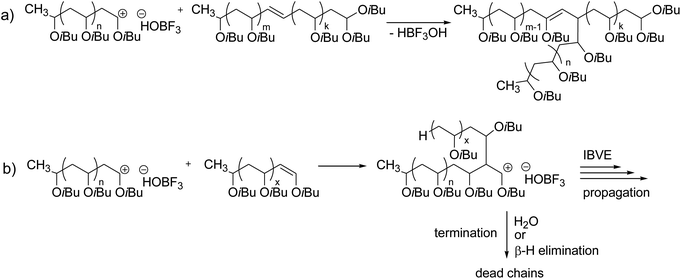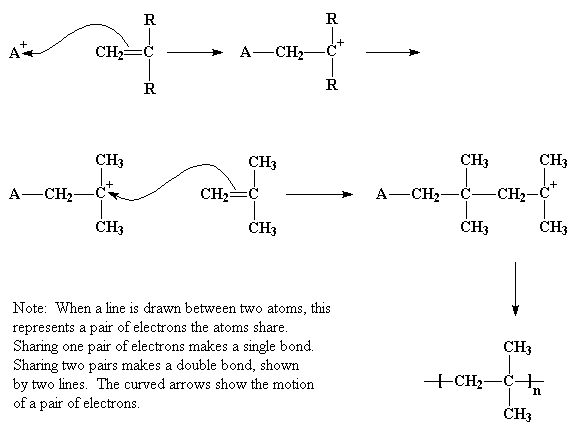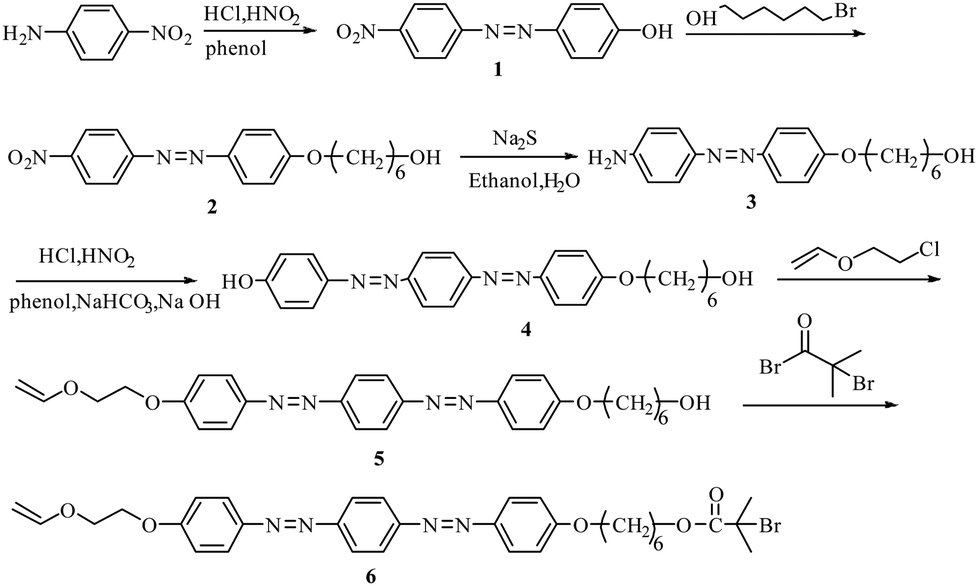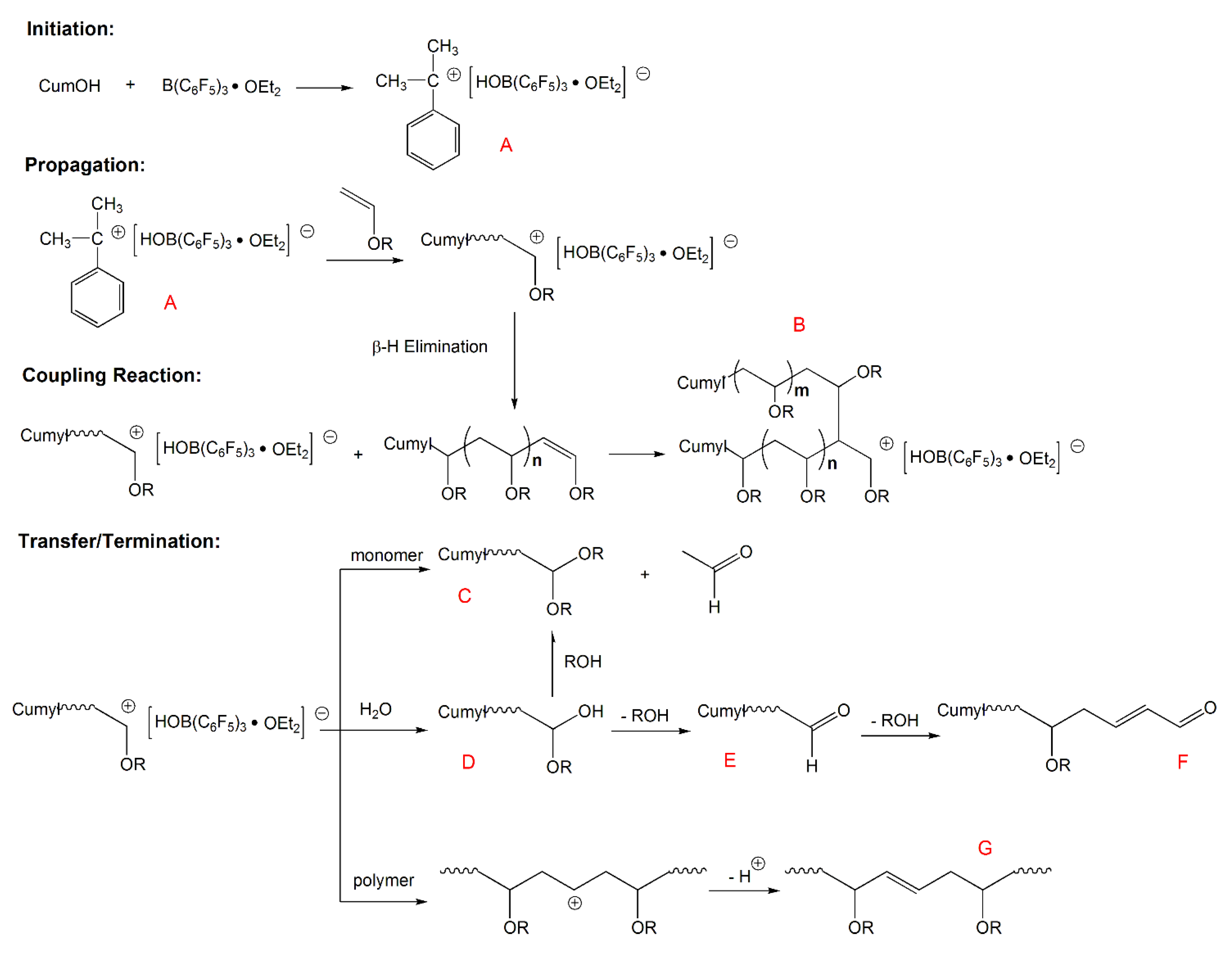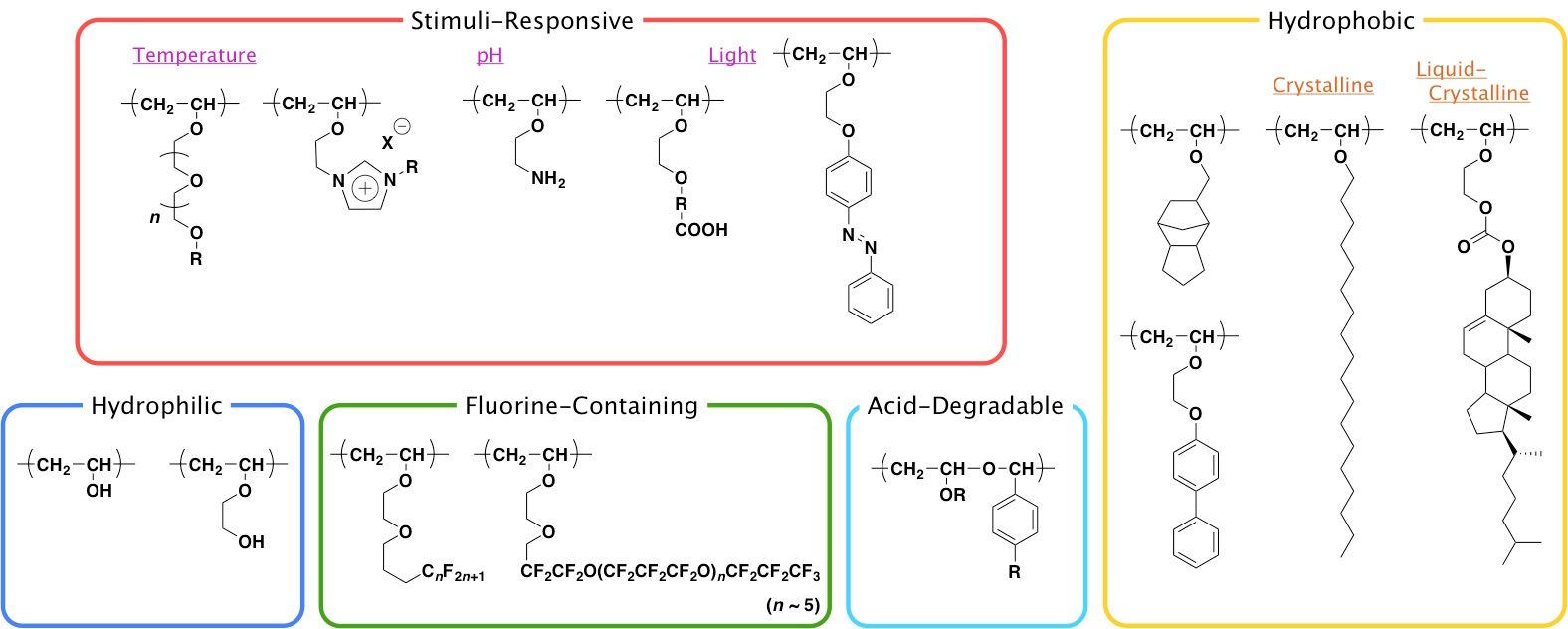In the presence of 2 6 dimethylpyridine as an added base living cationic polymerization of isobutyl vinyl ether was achieved in n hexane at 0 to 40 c with the 1 isobutoxy ethyl acetate.
Vinyl ether cationic polymerization.
We have recently realized ring expansion cationic polymerization of vinyl ethers by using a hemiacetal ester embedded cyclic initiator that is easily synthesized.
In conjunction with snbr 4 polymerization of isobutyl vinyl ether ibve smoothly proceeded to give quantitative conversion.
Isospecific polymerization and recognition of chiral side chains titanium complexes of α α α α tetraaryl 1 3 dioxolane 4 5 dimethanol taddol derived from naturally abundant tartaric acid were demonstrated to function as highly effective.
Living cationic polymerization of isobutyl vinyl ether by hydrogen chloride lewis acid initiating systems in the presence of salts.
Poly vinyl ether s pves are useful materials of different applications.
Herein the unique polymerization is reviewed along with the history of ring expansion polymerization.
In situ direct nmr analysis of the growing species.
This article is part of the themed collection.
Stereoselective cationic polymerization of vinyl ethers by easily and finely tunable titanium complexes prepared from tartrate derived diols.
A photoinitiating system for controlled cationic polymerization of isopropyl vinyl ether ipve was developed using diaryliodonium salts as the photoinitiator.
Cationic polymerization of vinyl ethers controlled by visible light journal of the american chemical society photoinitiated cationic polymerizations are widely used in industrial processes.
We have achieved ring expansion living cationic polymerization of vinyl ethers using designer cyclic initiator 1 that contained a hemiacetal ester.
Living cationic copolymerization of amide functional vinyl ethers with isobutyl vinyl ether ibve was achieved using sncl 4 in the presence of ethyl acetate at 0 c.
Macromolecules 26 1643 1649 1993.
However gaining photocontrol over chain growth would expand the utility of these methods and facilitate the design of novel complex architectures.
Uv irradiation triggered the degradation of diphenyliodonium iodide which was followed by the controlled polymerization of ipve mediated by long lived propagating species.

